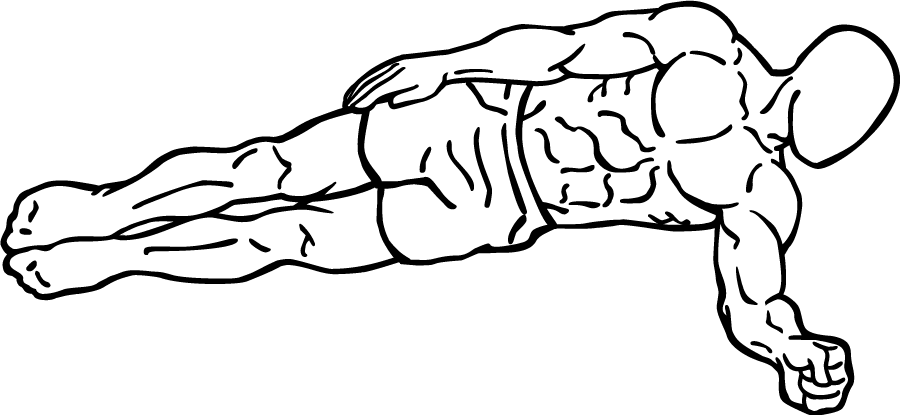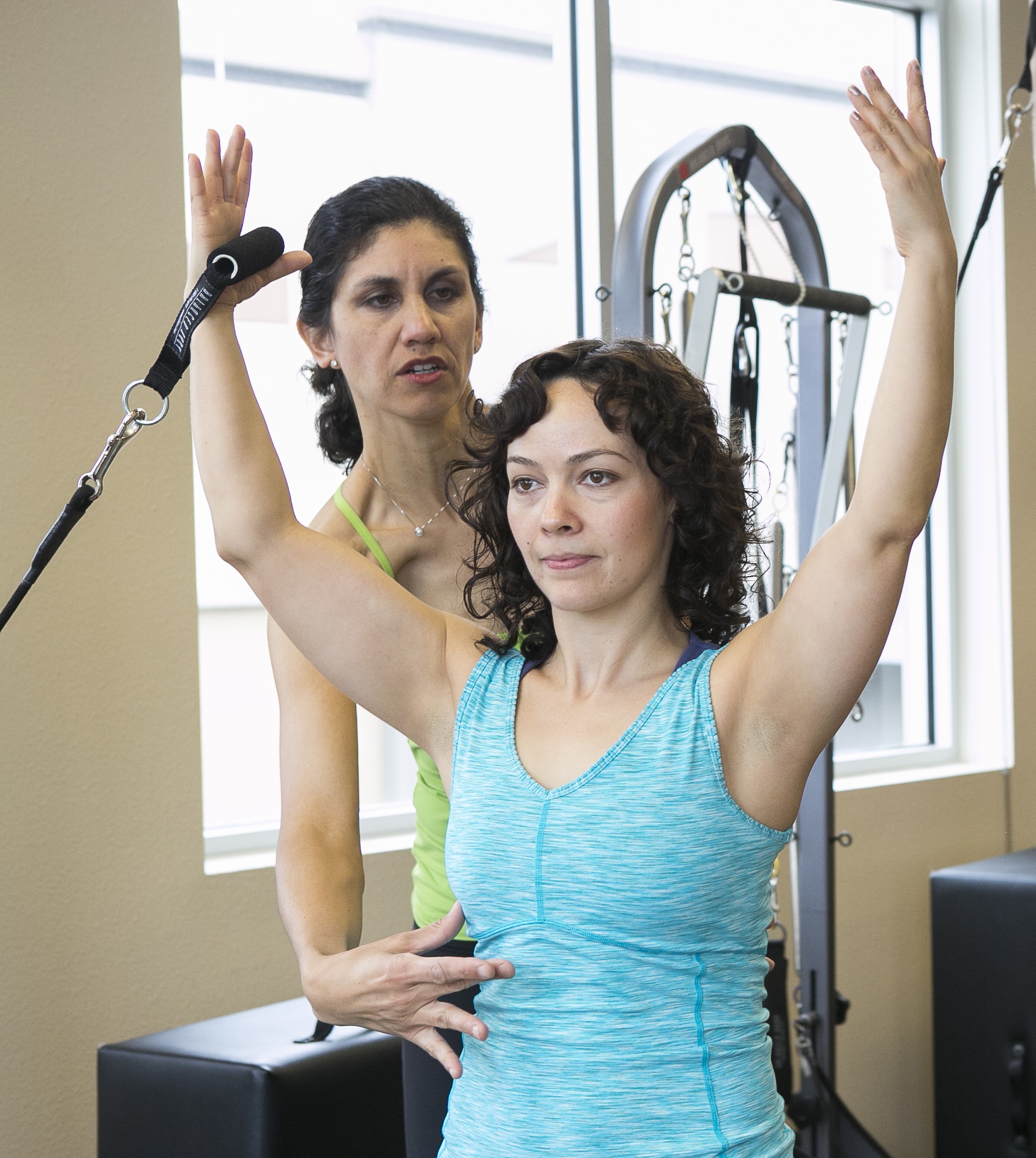After Monday's post I realized that my readers needed a little more detail about some of the things I was talking about...so, yesterday I posted a YouTube video about proper lifting technique. Today I want to go into a little more detail about core training.
I have been an exercise addict for years. I frequently hear class instructors emphasize the importance of "core strength." They also say that core strength is important for protecting the spine. At some point early on in my "addiction" I remember my car being rear ended; this kind of think can result in whiplash and other such anomalies. Yet, I did not experience any problems after the incident. I guess there is some truth to this!
Let's start by trying to understand what muscles compromise "the core." Here is a picture that might give you some idea. The trainer's finger is pointing to the zone of the body we are discussing. The front and back of this body zone comprise "the core."
Core training involves more than just an abdominal workout, because you want to strengthen ALL the muscles of the core, all the way around. Sit-ups and bicycles are good, but they will only do part of the job.
Follow this link to a slideshow on the Mayo Clinic website. The slideshow has some very good examples of core exercises. You might be surprised to see that the basic moves are not challenging; there are more advanced options to the exercises for those who want them.
I personally recommend looking for a gym that offers LesMills CXWorx. I must confess I don't take this class often enough...it is a great workout for the core! Best of all, you won't hesitate to wear clothes that show off those flat abs!
Sources:
wikimedia,MayoClinic LesMills.com
I have been an exercise addict for years. I frequently hear class instructors emphasize the importance of "core strength." They also say that core strength is important for protecting the spine. At some point early on in my "addiction" I remember my car being rear ended; this kind of think can result in whiplash and other such anomalies. Yet, I did not experience any problems after the incident. I guess there is some truth to this!
Let's start by trying to understand what muscles compromise "the core." Here is a picture that might give you some idea. The trainer's finger is pointing to the zone of the body we are discussing. The front and back of this body zone comprise "the core."
Core training involves more than just an abdominal workout, because you want to strengthen ALL the muscles of the core, all the way around. Sit-ups and bicycles are good, but they will only do part of the job.
Follow this link to a slideshow on the Mayo Clinic website. The slideshow has some very good examples of core exercises. You might be surprised to see that the basic moves are not challenging; there are more advanced options to the exercises for those who want them.
 |
| Side plank...a core training exercise |
I personally recommend looking for a gym that offers LesMills CXWorx. I must confess I don't take this class often enough...it is a great workout for the core! Best of all, you won't hesitate to wear clothes that show off those flat abs!
Sources:
wikimedia,MayoClinic LesMills.com

Comments
Post a Comment